A Month in Siena 10/16/2023
L'Africain du Groenland
by Tété-Michel Kpomassie
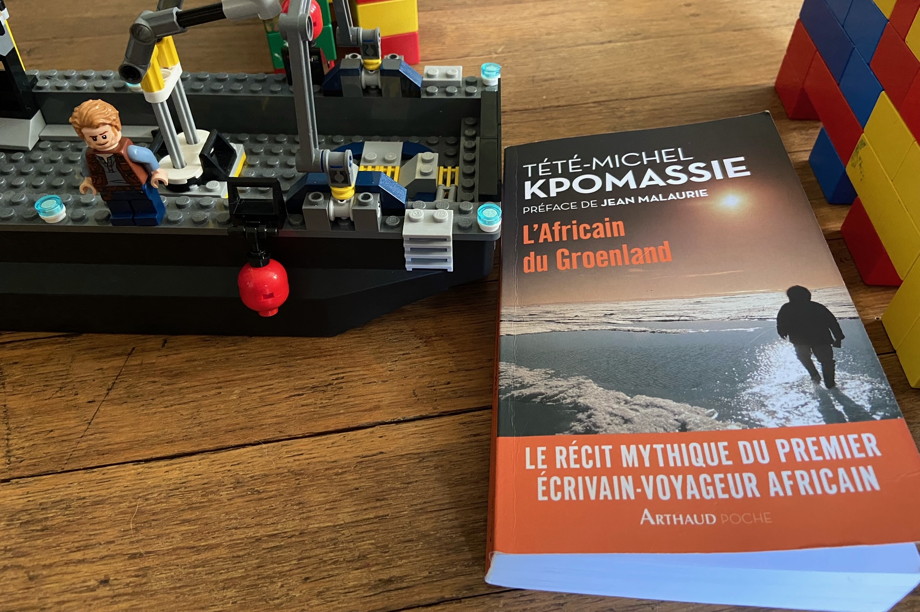
Review: L'Africain du Groenland (1980), by Tété-Michel Kpomassie. Arrangement by Francis Tann. July 2022.
Reading time: 6 minutes
Return to Blog Home
August 2nd, 2022 at 12:29am
Please consider disabling your ad blocker, it disrupts site functions in addition to blocking ads. Thank you!
There's a lot to process.
Before reading An African in Greenland, the story of Tété-Michel Kpomassie's 1965 trip to the world's second largest island, I suspected it might contain tales of prejudice interspersed with complaints about the cold.
Background on this series is here.
Nope
If the author endured racism on his voyage across the former Danish colony, almost none of it appears in the book. He also treats ice, snow, and wind as facts of life in the Arctic Circle; he doesn't use them to fall into cliches or make lazy attempts at humor.
"From the middle of the tree, I threw myself into the void. A fall of about thirty feet."
So Then...What?
The structure of An African in Greenland follows Kpomassie's journey chronologically. The chapters have names typical for a travelogue: The Coconut Tree and the Serpent, Strange Customs, In Search of Wolf Fish. The titles may hint at a wisp of danger or intrigue, but nothing quite prepares you for the moments when the story shifts gears and some weird shit throws you off-balance.
I'm neither a prude nor squeamish, but while reading An African in Greenland, I cocked an eyebrow on several occasions, gasped for three straight pages, and, one time, recoiled in horror, indulging in both profanity and blasphemy as I nearly threw my book across the room.
Like I said, there was a lot to process.
It starts with a snake
Specifically, a python.
The year is 1958. Kpomassie, a teenaged member of the Mina tribe in Togo, is with family members in a grove of coconut trees. They have come to harvest branch fibers, from which they make and sell floor mats.
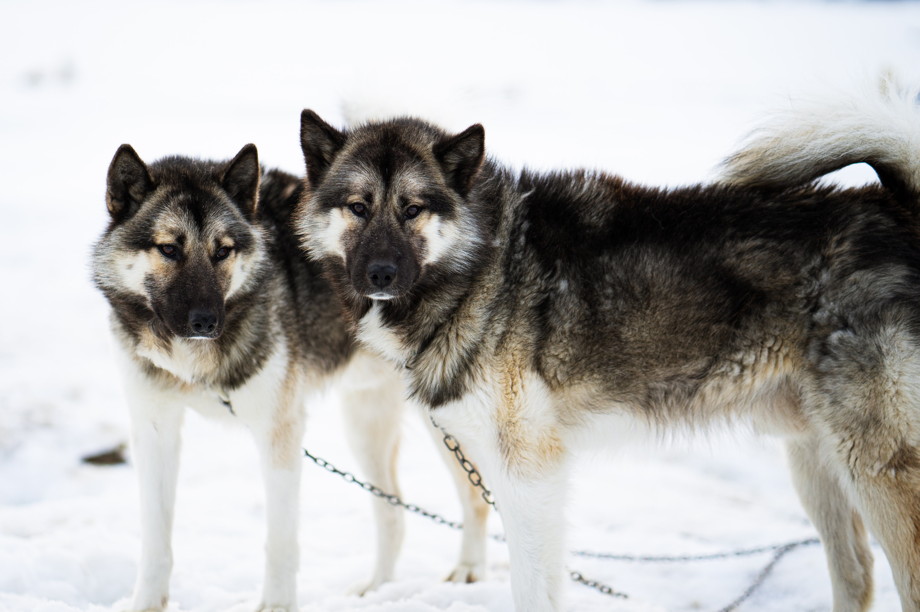
Not cute. Not cuddly. Photo by Piitannguaq Egede (Mods) |
Taking care to avoid scorpions and biting centipedes, Kpomassie climbs to the top of a 60 foot tree, where he encounters a python guarding a nest of eggs. He scrambles down the tree as fast as he can, but the effort isn't enough to pacify the snake. "I saw that terrible white throat, like a big fishing net, elevated above the rough trunk," Kpomassie writes, "while the rest of its body slithered toward me."
The author smacks the snake as he tries to outcrawl it. The python tumbles to the sandy ground and immediately starts back up the tree. "I had no desire to see the reptile...sink its fangs into my bare feet," he says. "From the middle of the tree, I threw myself into the void. A fall of about thirty feet."
A book changes everything
Kpomassie survives. While recovering, he visits a bookstore and finds a curious tome: Eskimos from Greenland to Alaska by Dr. Robert Gessain. Filled with photographs and engravings, the book fascinates him.
The climate of this mysterious "Greenland" is glacial. Trees do not grow there, and he's not quite sure where there even is. Food is eaten raw, with little to no seasoning. But, the book says, the inhabitants are legendary for their hospitality and they are skilled hunters. And there are no snakes.
One time, [I] recoiled in horror, indulging in both profanity and blasphemy as I nearly threw my book across the room.
"Shortly after reading this," Kpomassie writes, "a sound, a word, began to resonate in me, until it filled my entire being. That sound, that word, was Greenland."
The Long Slog
Kpomassie's words aren't empty bluster. Determined to get to his destination, he spends six years traveling from Togo to Greenland, with stops in both Africa and Europe. During this time, Kpomassie works all sorts of jobs, and is fortunate to meet friendly and generous people, including a man he later refers to as his second father.
At last, on June 19, 1965, he boards a ship in Copenhagen bound for Qaqortoq, Greenland.
The tone is chill
For the most part, An African in Greenland is not a sanguine narrative. Kpomassie varies his vocabulary skillfully, but his writing is simple, even plain. While some of the subject matter is dull, such as the explanations of how Greenlanders set fishing nets, the prose rarely makes one wish for artifice.
The only downside of the author's economy is that his framing can shortchange the potential for drama.
His departure for Qaqortoq exemplifies this phenomenon. Kpomassie decides to travel by boat so he can adjust to the weather gradually. His plan is to arrive in the south of the island and head north up the western coast. He packs a camera and paper for a journal. Then...the ship leaves.
We sense no excitement, not even a filmworthy sigh of contentment from the deck as he looks toward the horizon. He writes about the daylight, fellow passengers, and the interior of the ship more than his feelings about finally setting foot in Greenland.
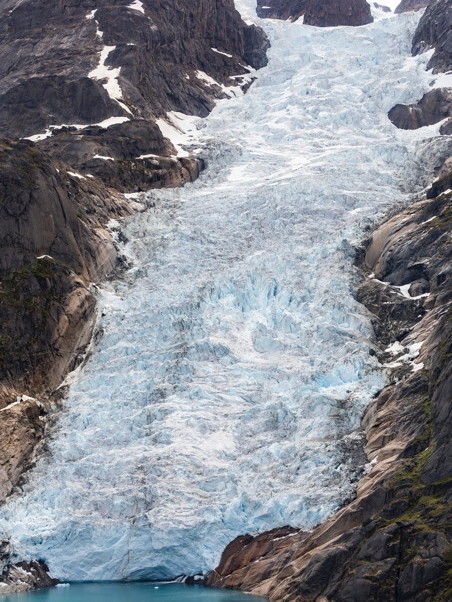
Lindenow Fjord, southern Greenland. Photo by Visit Greenland (Mods) |
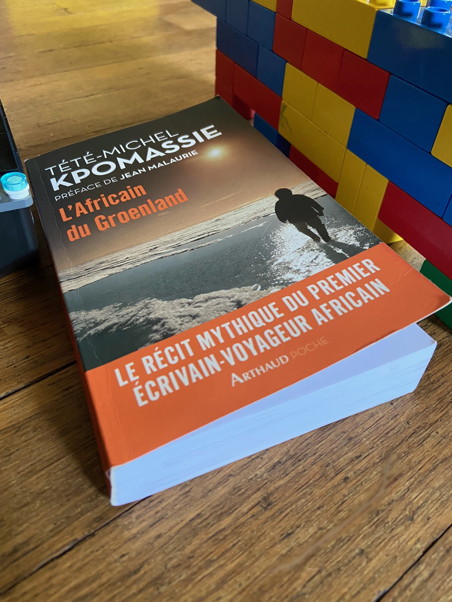
A lot of sex is in the book. Some of it is a bit odd, some of it is offputting. |
The chill mostly fits
The soft framing and midrange tone are commensurate with the subject matter in much of the book, a large portion of which is a lazy travel writer's wet dream: because there are no attractions in the settlements he visits, Kpomassie can spend all of his time living like a local!
Our narrator tells us:
- Most Greenlanders (whom we would now call Inuit) live in modest, boxy homes
- Most dwellings have no plumbing, so families:
- Do their business in a shared bucket
- Melt snow for water in the home
- As a people, Greenlanders are indeed quite hospitable
- The author is astonished at how little they seem to care about the less fortunate among them
- Most Greenlanders speak at least a little Danish, and some Danes live in Greenland
- Alcoholism is a problem
- It's often impossible to tell the time of day by looking outside
- The locals love to dance
- The coffee pot is ready to serve guests anytime, such a gathering is a kaffemik
- It appears they eat seal fat with everything
Kpomassie doesn't try to make mundane details tantalizing. He meets people, observes, participates in a few things, and moves on to the next home or settlement.
This might explain the weak framing in Copenhagen: he doesn't elevate the departure because the important part, the internal transformation, already happened in a bookstore in Togo.
Hell hounds
It's not all dancing and domesticity, however.
We learn that sled dogs in Greenland might be Lucifer's pets. They do annoying and repulsive things, of course, like fight for hours, or roll in filth when a family empties its bucket outside. But that's hardly the worst of it.
Their owners will ignore them for months, then, when they need sled dogs, they will feed them imannguaq ("just enough"). The dogs, who sleep in bitter cold and expend tremendous quantities of energy performing their duties, become ravenous. Which means they will eat anything.
Gina Says:
- Greenland...I had no idea 😳
- This book serves as a reminder to be kind to our dogs
- That little girl! 😲
After a long sled ride, for example, Kpomassie accidentally leaves a whip outside. The next day, it's gone, and we know a yeti didn't steal it.
The dogs consume animals caught during a hunt, of course. But they will also eat each other, especially if a dog is weak or has been wounded in a fight.
They will devour puppies.
They will gobble down human adults.
Might they eat human children, as well? Kpomassie writes:
In the north of Greenland, it's not rare to meet sad mothers who tell you, "I had nine children total, two of whom were eaten by our dogs." They devour the babies the parents leave alone outside or in house with partially closed doors. No doubt that explains the double doors at the entrance of most houses.
Let's repeat that: the dogs in Greenland eat children. What a gruesome death for anyone, especially a child.
Pimpin' out family
Kpomassie writes a lot about sex and relationships.
Several banal issues over personal boundaries crop up, but they're not awful. The locals really want people to sleep with Kpomassie, though, including a pastor who tries to set the author up with his cousin.
At a party, a father asks Kpomassie if he fancies his attractive married daughter. Who wouldn't, Kpomassie replies. This compels the father to invite his son in-law hunting for several days so that the author can have sex with his daughter, i.e., the son in-law's wife. And Kpomassie does, telling us they spend "four eventful days" together.
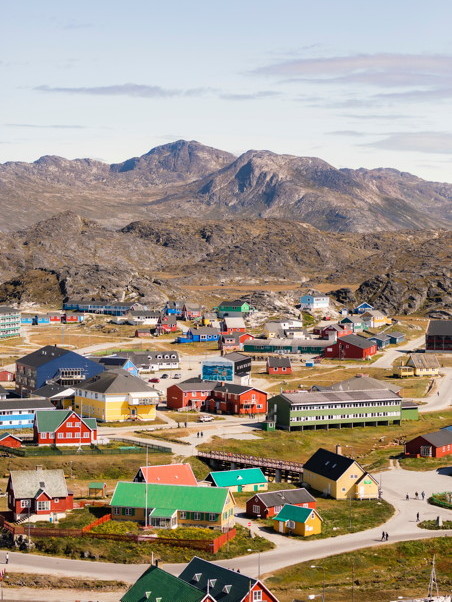
Paamiut, southern Greenland. Photo by Visit Greenland (Mods) |
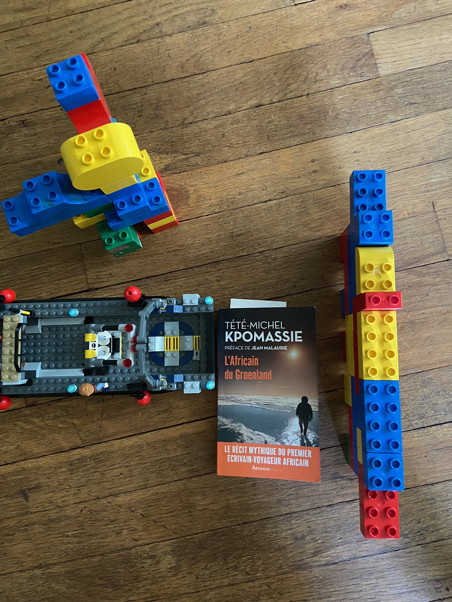
A sled ride in Greenland sounds like terrifying fun. |
The coup de grâce
As a guest in Oqaatsut, Kpomassie observes that his hosts' children "piss" and "shit" everywhere in the house (his rare coarse words are an obvious sign of disapproval). The adults use the farmer's handkerchief onto the floor or into the special bucket, then wipe their hands on their pants and go about their day.
One of those daily activities sees the hosts' eleven-year-old daughter crawl into her two-year-old brother's bedroom and suck his penis until he achieves an erection. This causes the adults to laugh, and it happens two or three times a day "without [the girl] being reprimanded by anyone."
The Sled Ride
In Dogs and Men, Kpomassie accompanies a friend from Oqaatsut to Ilulissat on a sled. It's a magnificent chapter, featuring the complexities of a sled setup, camping in a snowstorm, and a daring jump over a hole in a frozen lake. It is also the only genuinely funny chapter of the book.
Judgment
The praise
In October 1966, Kpomassie leaves Greenland. The goodbye is slow. Reflective. He is tempted, of course, to stay. A Greenlander tells him, "Your place is among us," but the author understands that he must go back to Africa.
What use would my life have for my compatriots and my country, if I spent it in the Arctic? (...) Shouldn't I participate in the task of introducing African youth to the outside world?
One of the primary benefits of travel writing is acquainting the reader with new places and cultures. In this task, Kpomassie shines. The subjects of his stories range from prosaic, to extraordinary, to horrifying, but the episodes all illustrate life in a corner of the world most of us will never visit.
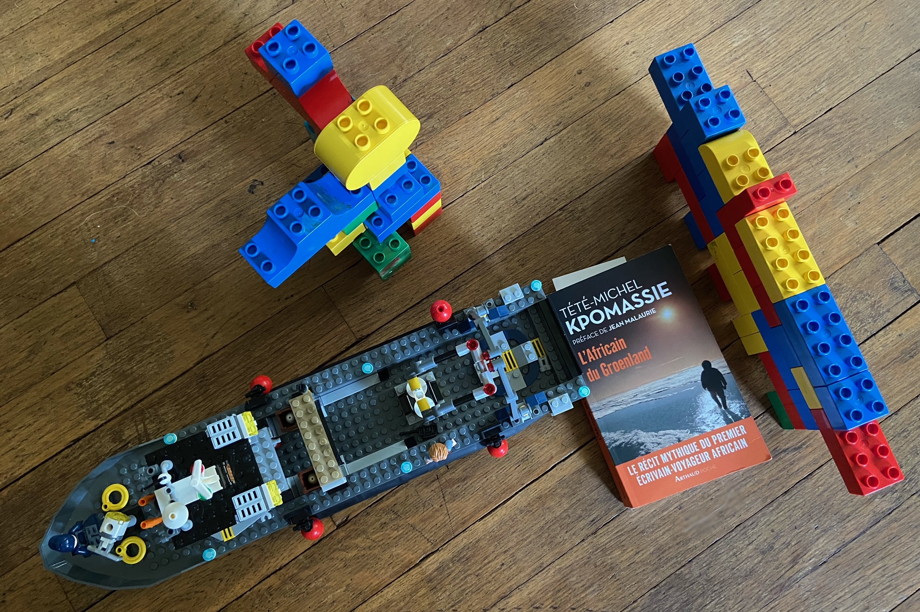
Greenland, a country with 55,000 inhabitants, is part of the Kingdom of Denmark. |
The flaw
An African in Greenland is the story of Kpomassie seeing a new part of the world, but does it change him? Does his return to Africa crown a gratifying resolution to the story's conflict?
No, because in this case, the conflict—an African adapting to Greenlandic culture and surviving there for eighteen months—is not antagonistic.
It's not even really a conflict.
As Kpomassie tells it, the book Eskimos from Greenland to Alaska flips a switch within him back in Togo. Greenland speaks to him the moment he hears of it, making the actual journey there a collection of experiences, details, and observations.
He learns to share lovers, appreciate the taste of seal fat, and keep his feet from dragging under a sled, but those episodes don't teach him to love Greenland. He already loves it. This might explain the weak framing in Copenhagen: he doesn't elevate his departure because the important part, the internal transformation, happened six years earlier in a bookstore in Togo.
What a gruesome death for anyone, especially a child.
Despite this shortcoming, present in a few of the books I have reviewed, I still enjoyed An African in Greenland—even though (and maybe because?) it also required some effort to get past the nastier bits.
Click here to list the 44 Reviews which have already been published.
Recent Posts
Eyewitness Travel: France 4/24/2023
L'Africain du Groenland 8/2/2022
On the Plain of Snakes 5/17/2022
Volcanoes, Palm Trees, and Privilege 3/22/2022
L'axe du loup 2/28/2022
The Art of Travel 12/31/2021
Postcard: Los Angeles 11/5/2021
Afropean 8/6/2021
Roadrunner 7/22/2021
Popular Tags
Archive
Show moreAbout
Recent Tweets
If you toggle the switch above the words "Recent Tweets" and it still says, "Nothing to see here - yet," it means the idiot who broke Twitter either hasn't gotten around to fixing this feature, or intentionally broke it to get us to pay for it (which is moronic, I can easily live without it and it generated traffic to his site).

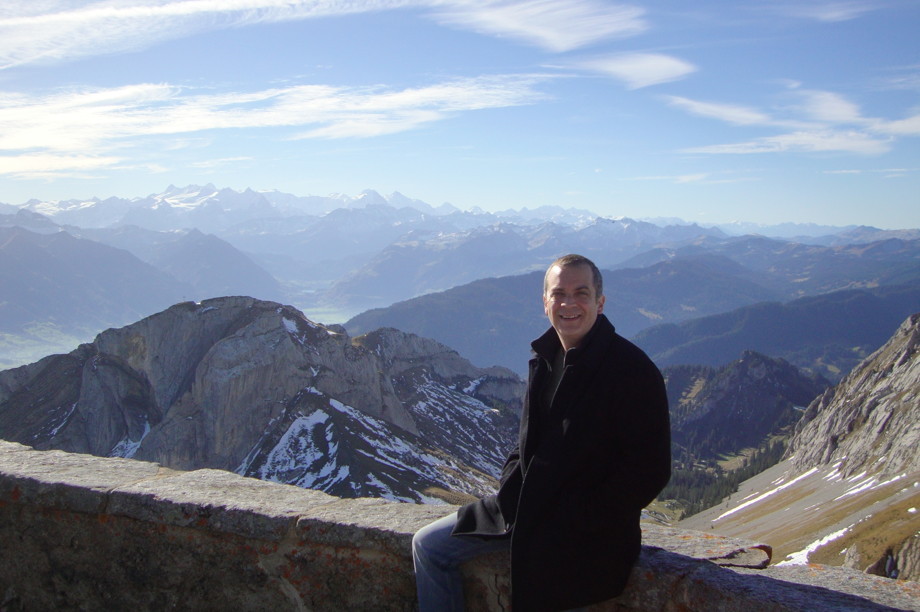
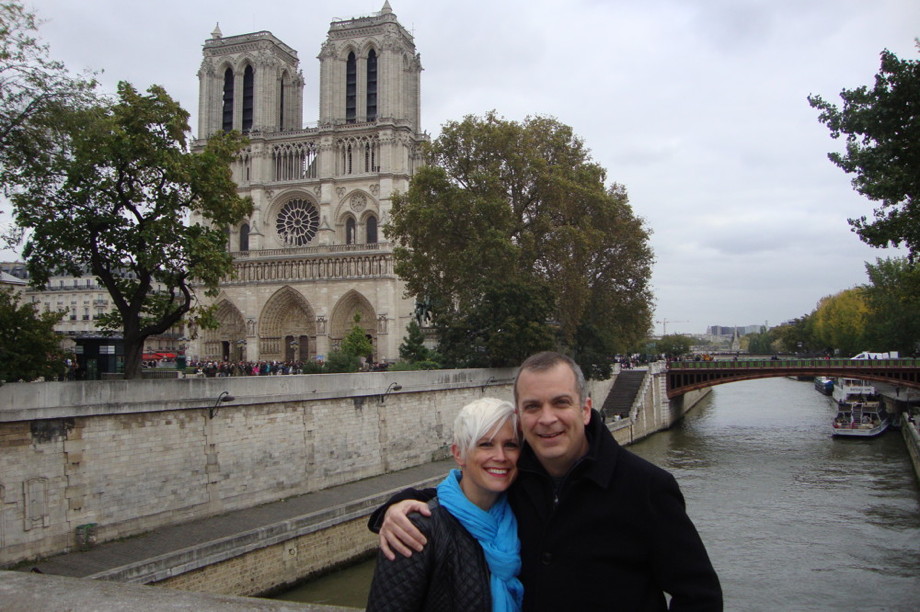



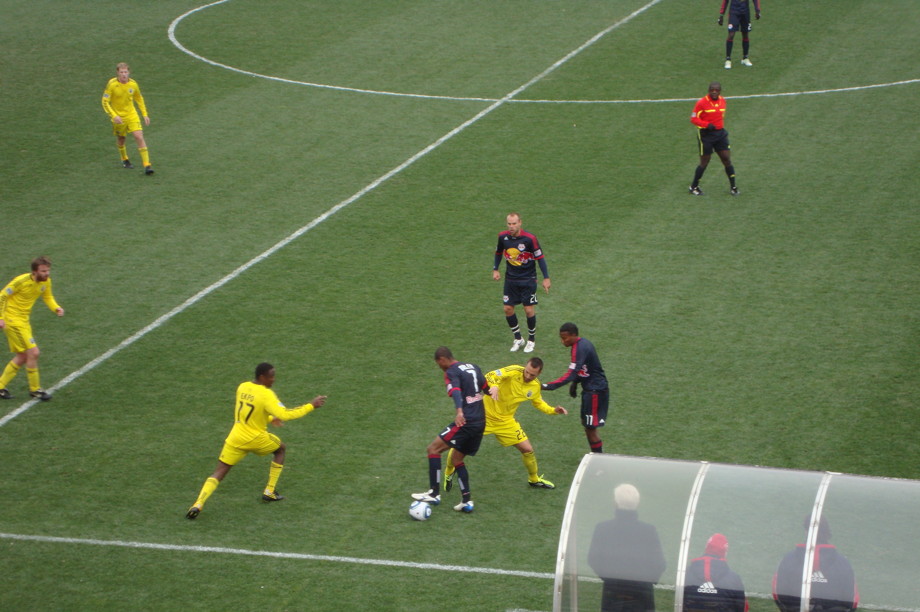

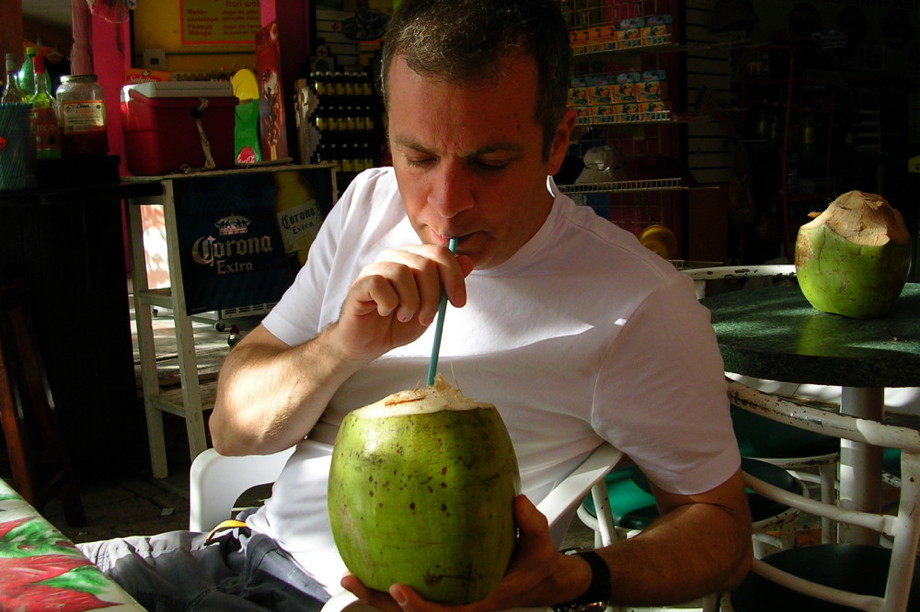
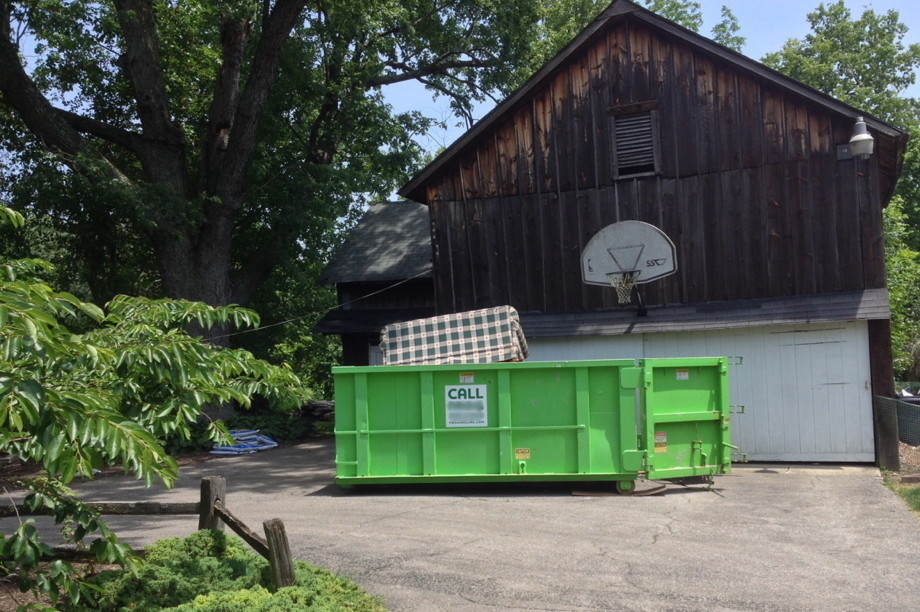

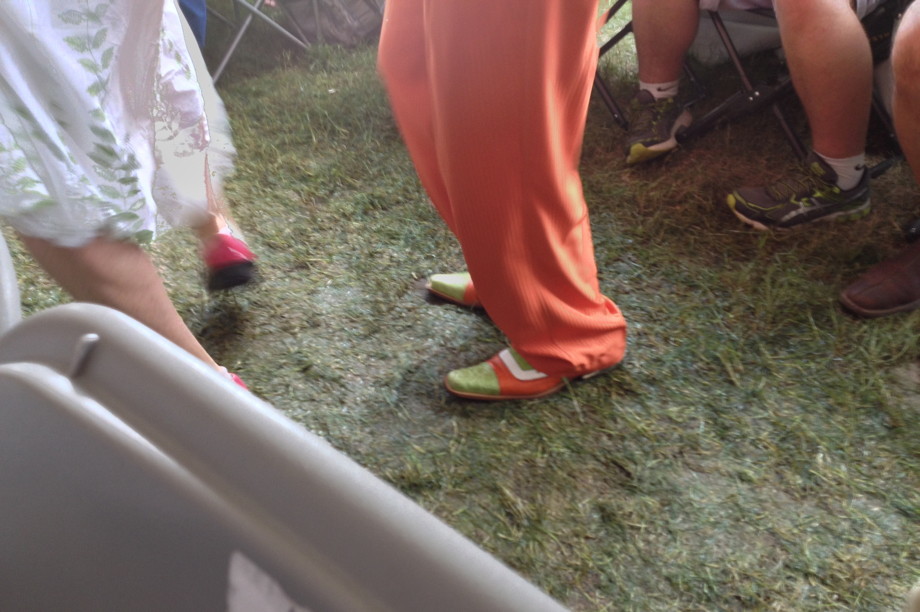
Add a comment
Comments